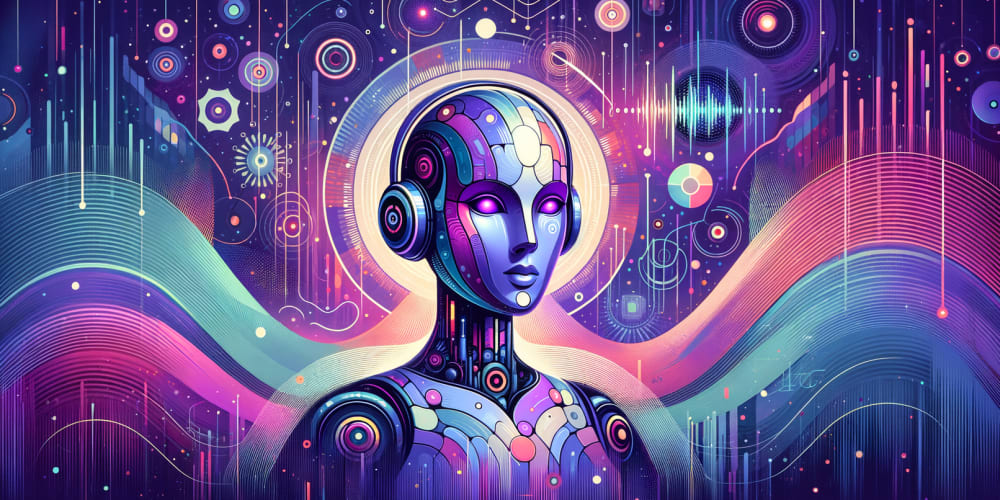AI's Creative Revolution: Reshaping Writing, Music, and Art
Artificial intelligence (AI) is rapidly changing how we create, consume, and experience art in the 21st century. From generating text and composing melodies to painting masterpieces and designing fashion, AI is sparking a creative revolution across writing, music, and art, with profound implications for the industries they represent.
Writing:
- Content Generation: AI tools like GPT-3 can now generate articles, blog posts, and even scripts with impressive fluency. This raises concerns about plagiarism and ethical implications, but it also opens doors for writers to focus on creative tasks and collaborate with AI for faster, more efficient content creation.
- Personalized Writing: AI can analyze data to tailor writing to specific audiences, improving engagement and personalization. Imagine AI-powered tools that adapt writing styles, adjust vocabulary, and predict reader preferences, making writing more impactful and relevant.
- Translation and Accessibility: AI-powered translation tools are breaking down language barriers, making creative works accessible to a wider audience. This fosters global collaboration and opens new markets for artists and writers.
Music:
- Composition and Arrangement: AI is composing original music, generating melodies, and arranging instruments. This helps musicians experiment with new sounds and explore creative possibilities, pushing the boundaries of music creation.
- Personalized Soundtracks: AI can tailor soundtracks to specific moods, emotions, and preferences. Imagine AI-generated music that perfectly matches your workout, your commute, or even your personal style.
- Music Discovery and Recommendation: AI algorithms analyze listening habits and preferences to provide personalized music recommendations, making it easier for users to discover new artists and genres.
Art:
- Image Generation: AI tools like DALL-E and Midjourney can generate unique and stunning artwork based on text prompts. This opens up new avenues for artists to explore creative concepts and experiment with different styles.
- Personalized Art: AI can personalize art pieces based on individual preferences, creating unique and meaningful experiences for each user. Imagine AI-powered tools that create customized portraits, landscapes, or even abstract art based on your personal tastes.
- Interactive Art: AI can create interactive art installations that respond to user input, creating a more engaging and dynamic experience. Imagine walking into a gallery where artwork reacts to your movement or your emotions.
Impact on Creative Industries:
- Democratization of Creativity: AI tools make creativity more accessible to everyone, regardless of technical skills or experience. This opens up opportunities for aspiring artists and musicians to showcase their talents.
- Collaboration and Innovation: AI can empower creative professionals to collaborate more efficiently and explore innovative ideas. Imagine artists using AI as a tool to enhance their skills and push the boundaries of their craft.
- New Business Models: AI is creating new business models for creative industries. Imagine marketplaces for AI-generated art, personalized music subscription services, and AI-powered content creation platforms.
Challenges and Considerations:
- Copyright and Ownership: The ethical implications of AI-generated art remain complex, raising questions about ownership, copyright, and the role of human creativity.
- Job Displacement: The rise of AI-powered tools raises concerns about potential job displacement in the creative industries.
- Bias and Discrimination: AI algorithms are trained on large datasets, which may contain biases that can be reflected in AI-generated content.
Conclusion:
AI is undoubtedly transforming writing, music, and art, creating both exciting opportunities and complex challenges. While ethical concerns and potential job displacement need careful consideration, AI's ability to enhance creativity, democratize access to artistic tools, and foster innovation is undeniable. By embracing this technology responsibly, we can harness its power to unlock new frontiers of human expression and create a richer, more vibrant creative landscape.


















